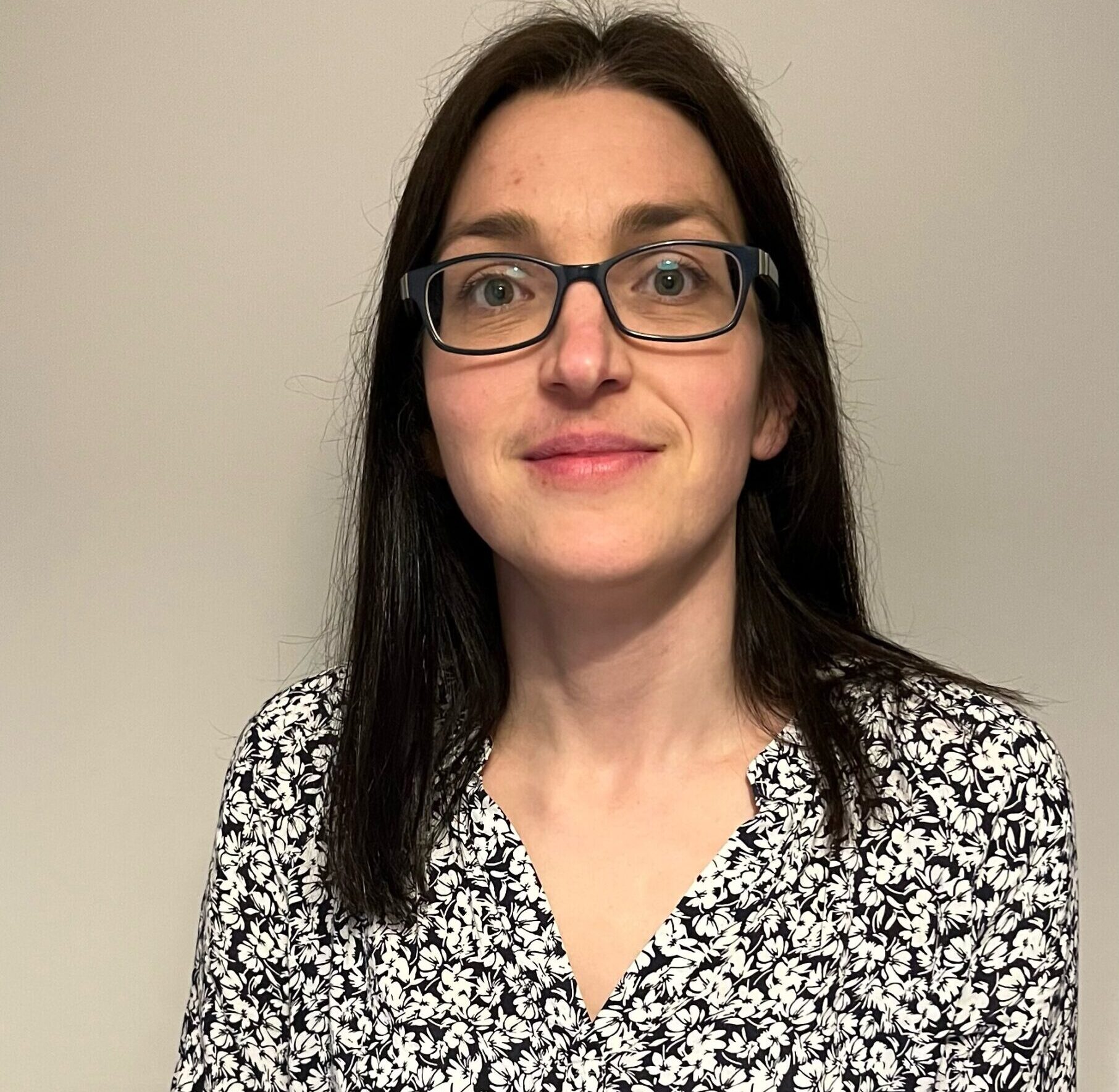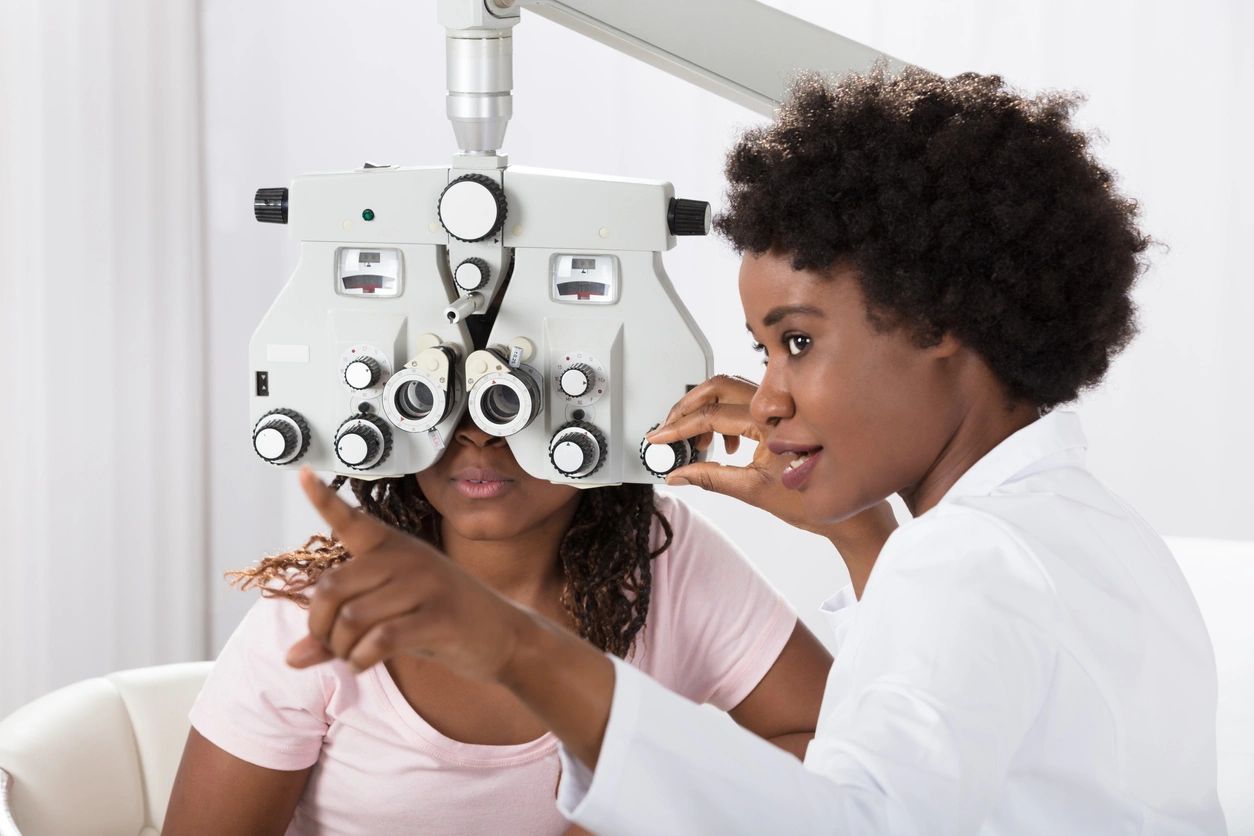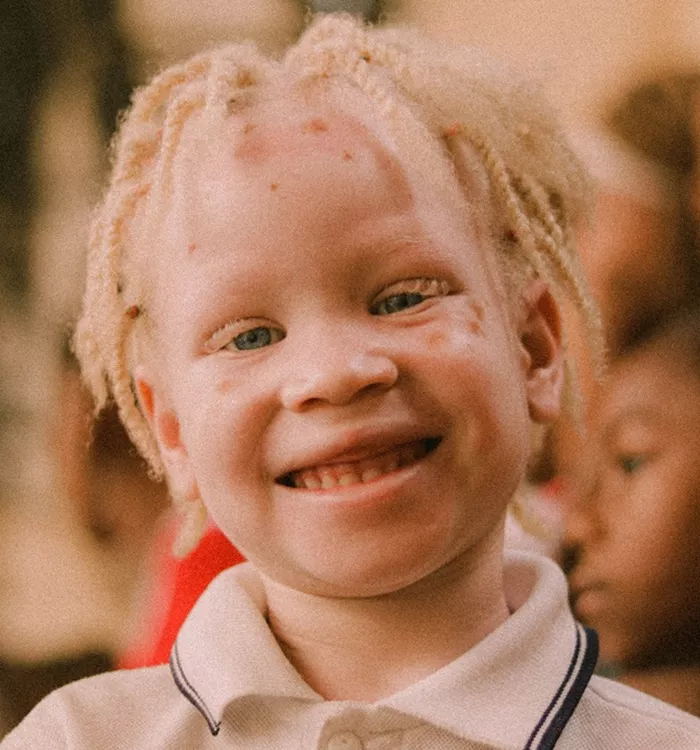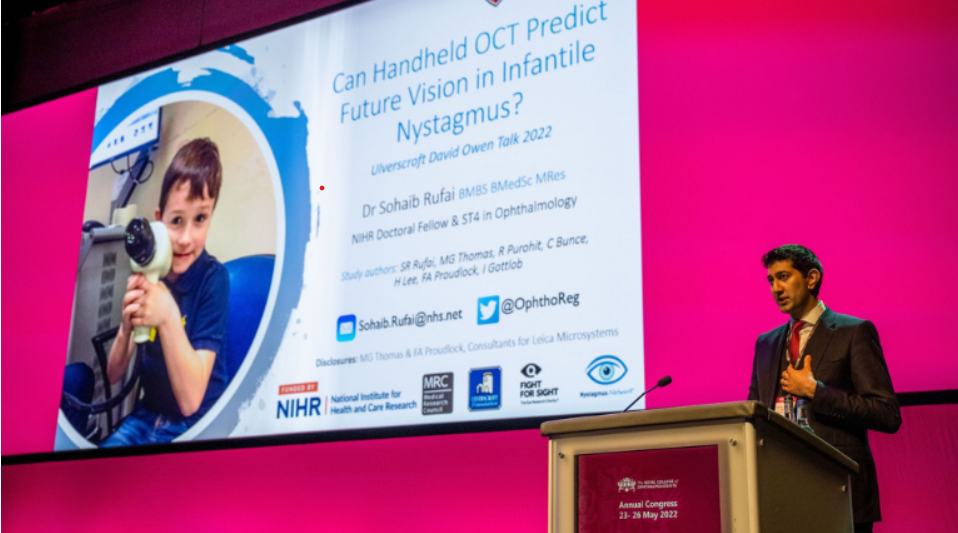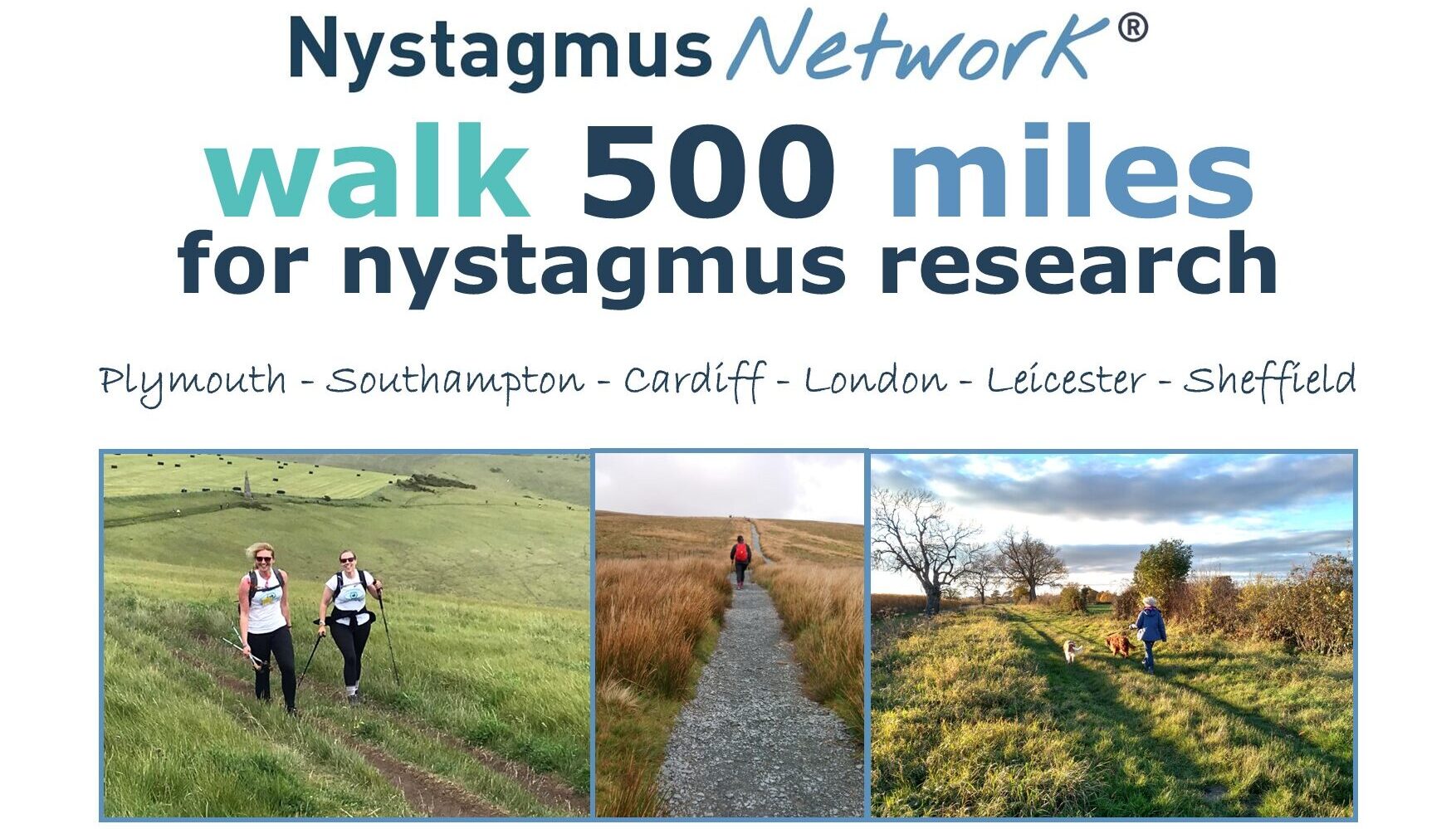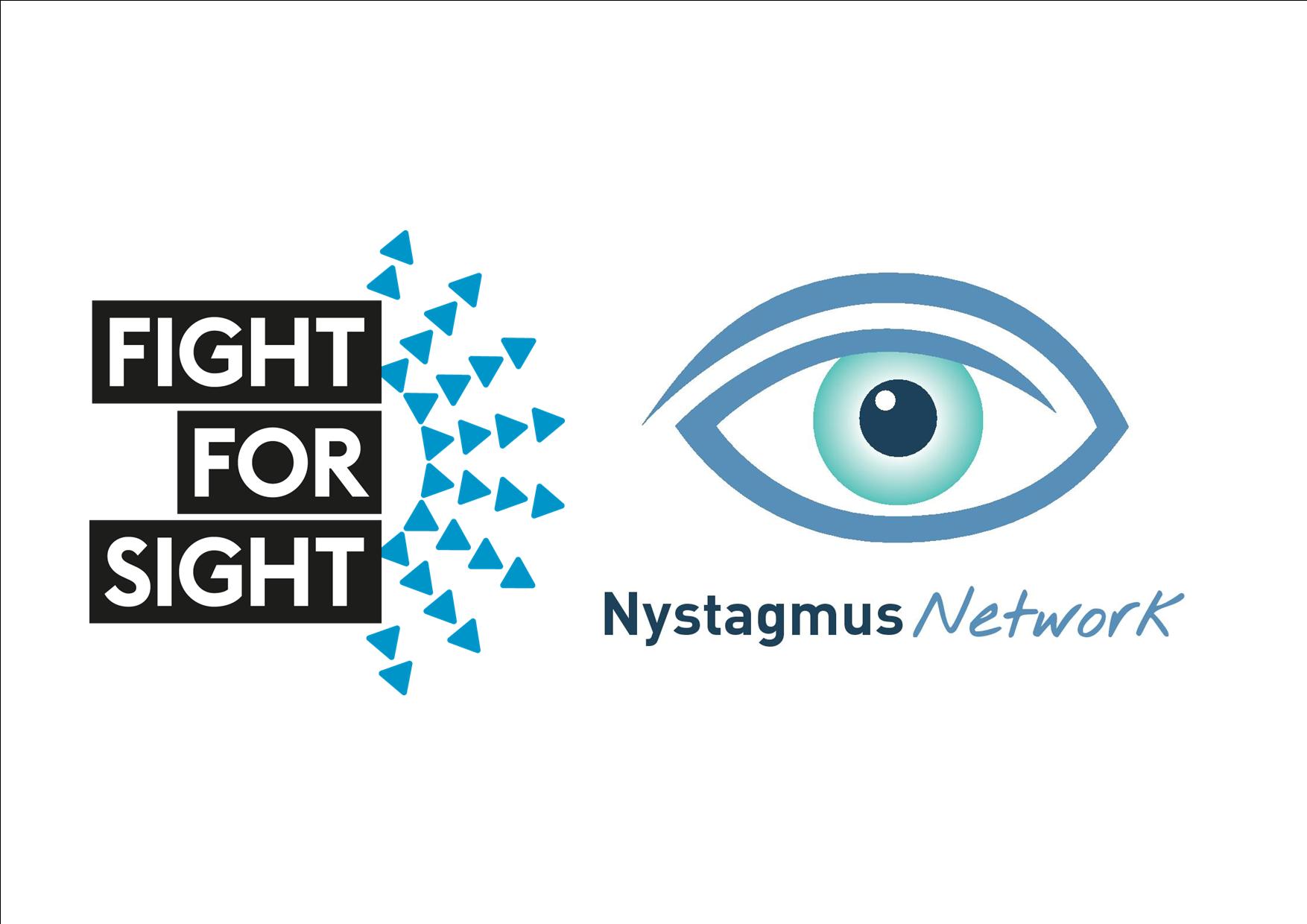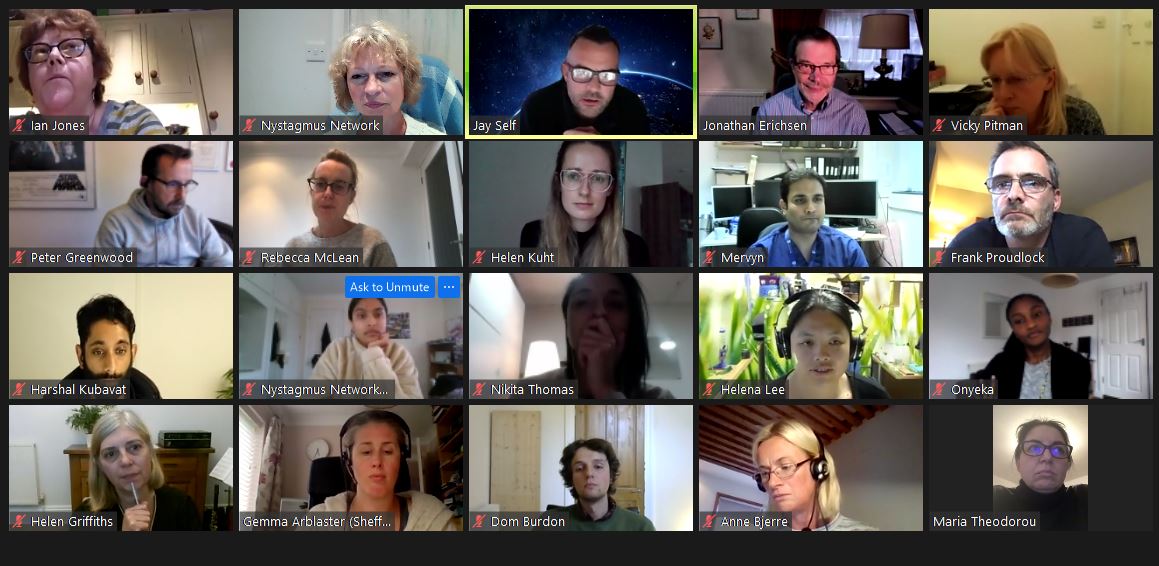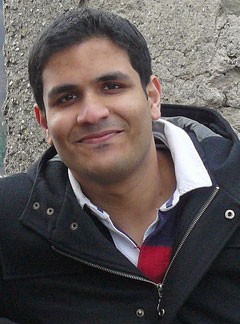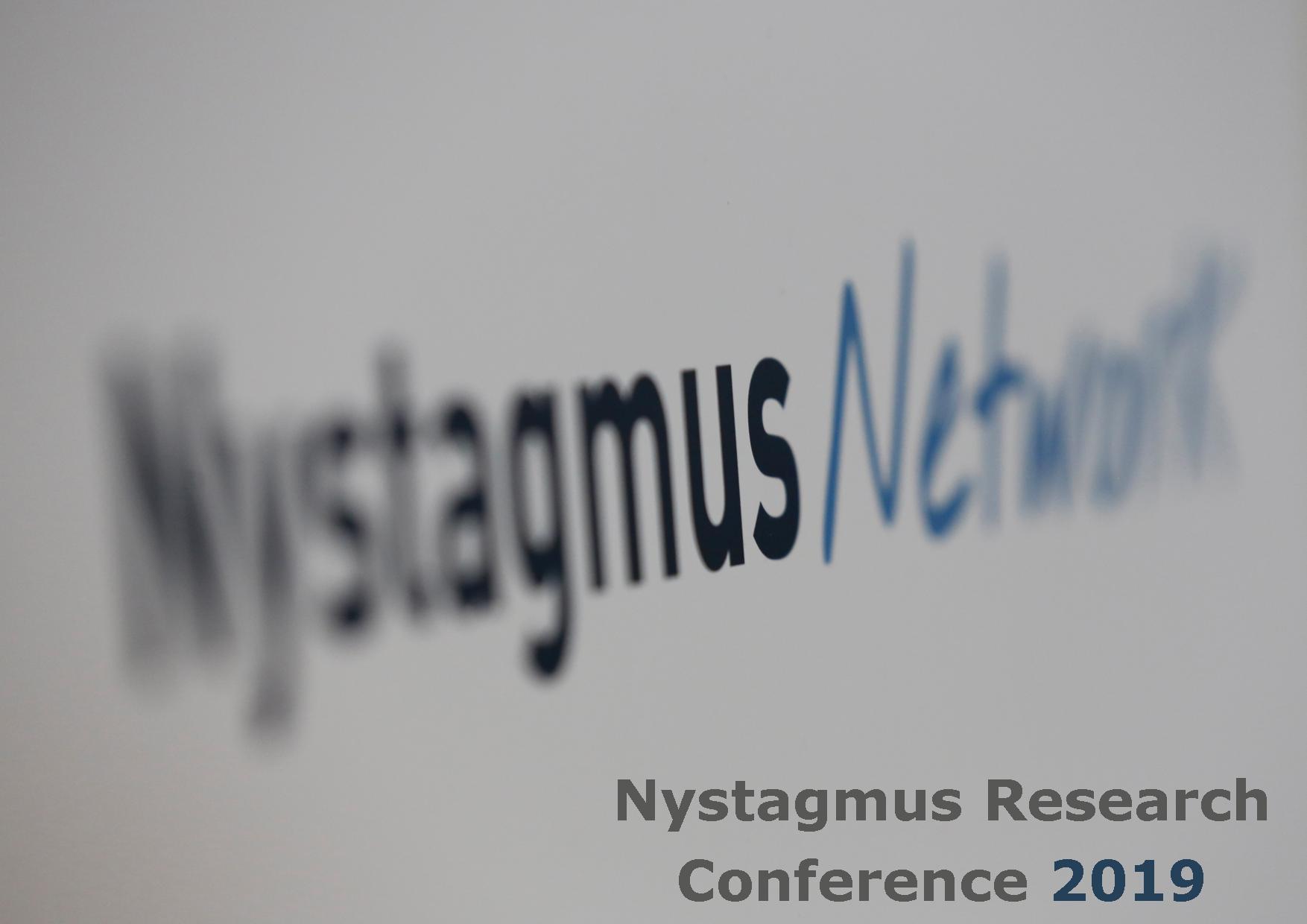This Nystagmus Awareness Day we’re asking you to share your story.
You can share your nystagmus story here
This is Sharon’s story …
My nystagmus story started October 2017 when my son was 10 weeks old. He just hadn’t seemed right all day, refusing to feed. I’d taken him to the GP. Fairly happy with a mild urine infection we were getting up to leave as the GP suddenly asked me “Do his eyes always do this movement?” I couldn’t be sure I’d ever noticed and, if I had, that I’d realised it wasn’t normal for a young baby. 30 mins later, scared of what was happening, we were in the hospital undergoing various tests, including an emergency CT scan as doctors feared brain damage was causing the nystagmus – a word I’d never heard of but have spent many hours googling since. After a painful 24 hours we were given a diagnosis of most probably just a visual impairment.
Thankfully a month later a MRI ruled out any brain abnormality.
It took another 2 years of appointments at St James’s in Leeds and with Professor Gottlob’s team in Leicester before genetics confirmed oculocutaneous albinism, type 1b. Although we were told this was a likely diagnosis at our first eye appointment, having the confirmation felt like a huge milestone to recover from the stress caused by that first day of our journey. With many health issues and hospital admissions early on, HPS (Hermansky-Pudlak Syndrome) was considered but ruled out in January 2020 just before my daughter, who doesn’t have albinism, was born.
We met our QTVI 2 months into our journey who invited us to their fortnightly VI parent and child group, a group I’ll be forever thankful for. I struggled to relax in baby groups where my child was noticeably behind his peers by this point and we did struggle to put the stress of that first 24 hours behind us. This group gave me the space to talk about that. I’m so happy to have been able to give something back to this group when, during covid, I and my children helped them record videos of activities to send to new families who had been referred to them when home visits and support groups were not allowed. I couldn’t imagine not having this group in our early days.
I found the Nystagmus Network during my many hours of googling and attended the Birmingham open day where I learnt so much about nystagmus and met other families just like us. From that day I always knew I’d want to be more involved in the charity and use skills I have from my work in something that means so much to our family.
The journey so far hasn’t been easy in many ways but I’ve found it’s always full of surprises that I’ve least expected including my son being 1 of 2 children with nystagmus in his class at school and overcoming gross motor delays, thanks to help from OTs and physio, to learn to ride a bike unaided at age 4. Being in second year at primary, we’ve got a long way to go and I’m sure there will be many more mountains to climb along the way but when I look back to that first night nystagmus was mentioned to me I can’t believe how far we’ve come.

